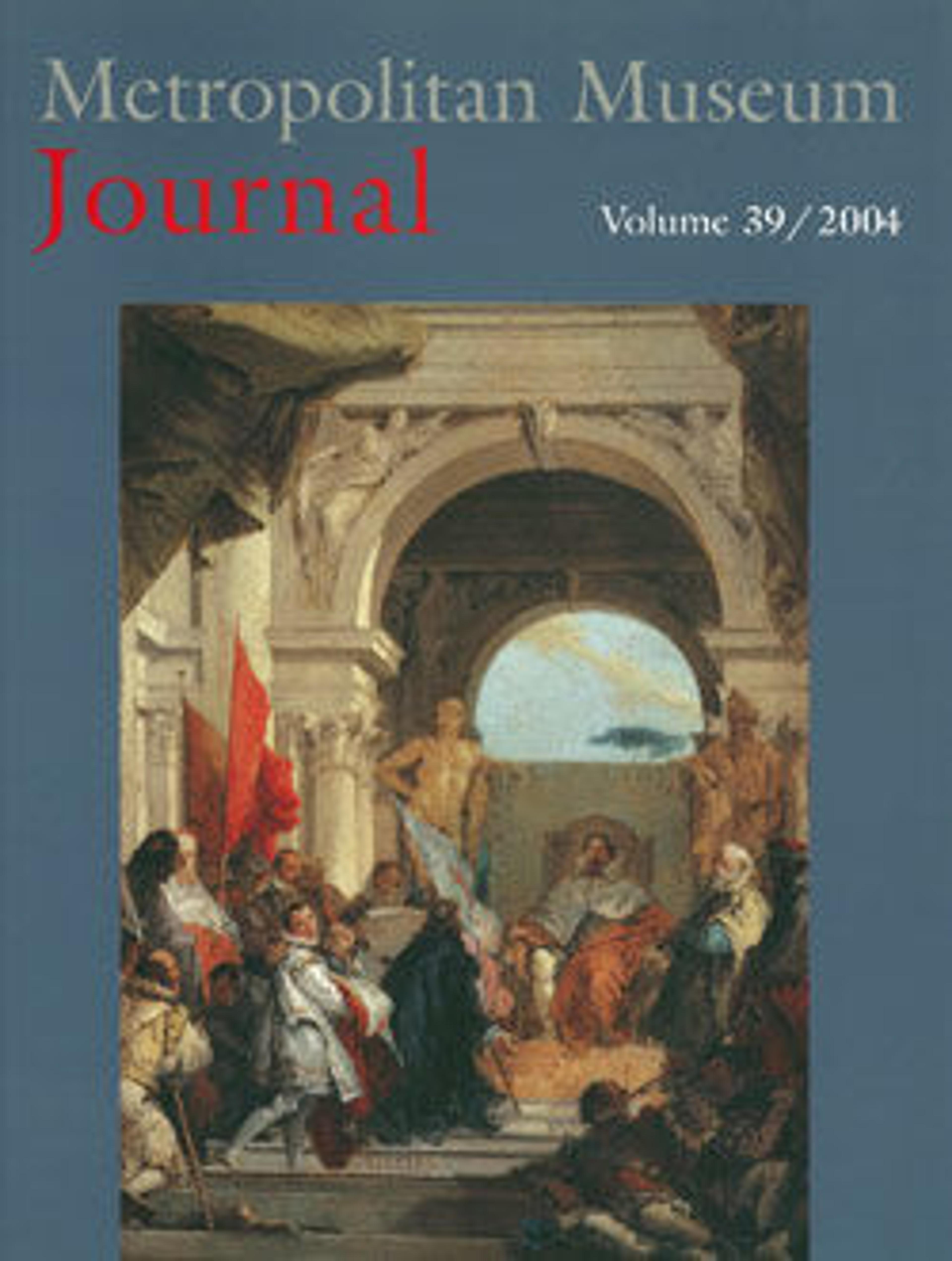A Cat Stealing Fish
This animated scene shows a cat caught in the act of devouring an octopus. The painting, dating from the high point of Recco’s career, shows the painter’s exceptional ability to depict a dazzling range of surfaces and materials, from iridescent fish scales, slimy mollusks, and other crustaceans, to hammered copper. Recco, who painted the seaweed into the letters of his initials (G R), was certainly aware of Flemish and Spanish still lifes, which were popular and much admired in Naples in the seventeenth century.
Artwork Details
- Title:A Cat Stealing Fish
- Artist:Giuseppe Recco (Italian, Neapolitan, 1634–1695)
- Date:late 1660s
- Medium:Oil on canvas
- Dimensions:38 x 50 1/2 in. (96.5 x 128.3 cm)
- Classification:Paintings
- Credit Line:Purchase, 1871
- Object Number:71.17
- Curatorial Department: European Paintings
More Artwork
Research Resources
The Met provides unparalleled resources for research and welcomes an international community of students and scholars. The Met's Open Access API is where creators and researchers can connect to the The Met collection. Open Access data and public domain images are available for unrestricted commercial and noncommercial use without permission or fee.
To request images under copyright and other restrictions, please use this Image Request form.
Feedback
We continue to research and examine historical and cultural context for objects in The Met collection. If you have comments or questions about this object record, please contact us using the form below. The Museum looks forward to receiving your comments.
